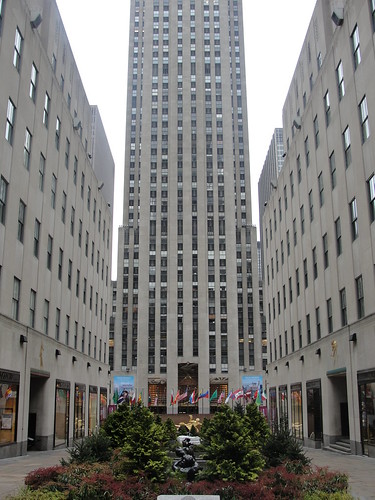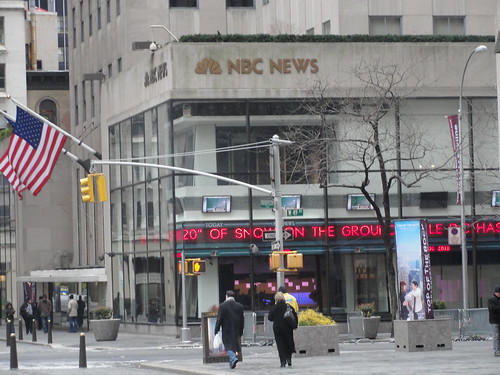Excerpts from The Triumph of Rockefeller Center
It was because of John D. Rockefeller Jr. that the complex was sound and creditable. It was only because he had consented to be personally responsible for repayment that the Metropolitan Life Insurance Company agreed to lend the enterprise $65 million at 5 percent. It was Rockefeller who, in the darkest days of the Depression, kept things going by selling Standard Oil of New York stock, which had been valued at $80 a share a decade earlier, for $2 a share to pay construction expenses. Most significantly, it was Rockefeller who insisted on “the last 5 percent,” that is, spending one-twentieth extra to get top quality.
The ice skating rink further enhances the vivid sense of urban activity. Its story is another of Rockefeller Center’s small miracles. The lower plaza in front of the RCA Building—really nothing more than an entrance to the center’s underground shops—proved a problem: it was boring. Pedestrians stayed away, and the shops that opened there almost all failed. When restaurants replaced the shops, diners had little to look at in the static open space. But a surprising solution magically materialized. On a visit to the Rockefellers’ hometown of Cleveland, John D. Jr. heard that a local inventor, M. C. Carpenter, had perfected a system for making artificial ice for outdoor rinks. Desperate to try anything to bring life to the lower plaza, on Christmas Day, 1936, the center’s managers set up a temporary rink. An immediate success, it became one of Rockefeller Center’s most memorable features.


